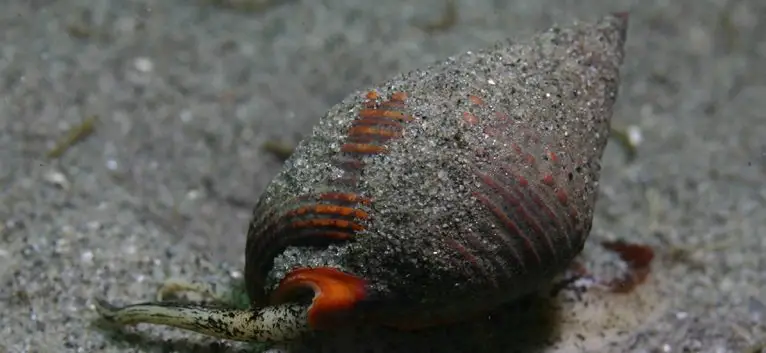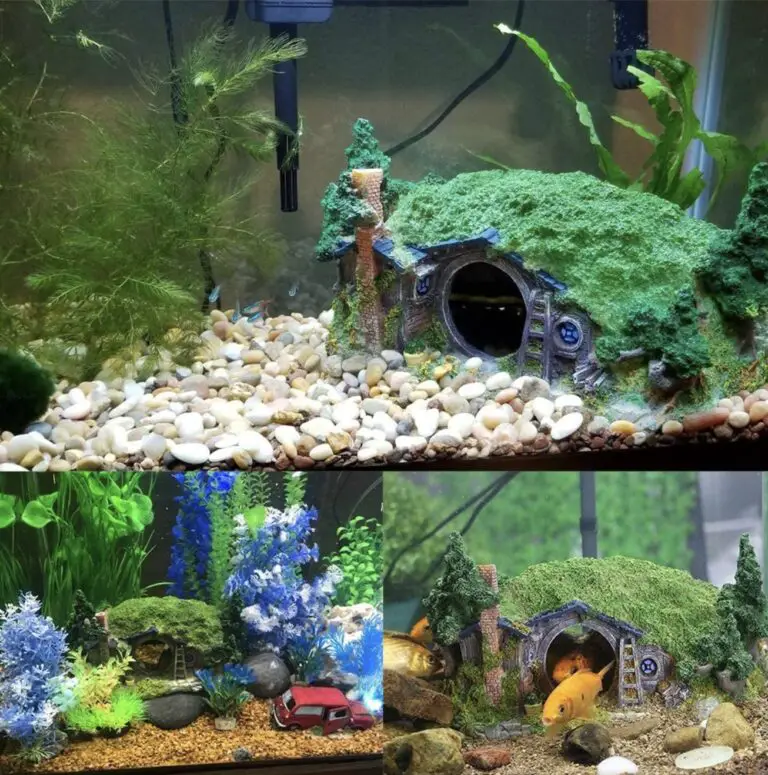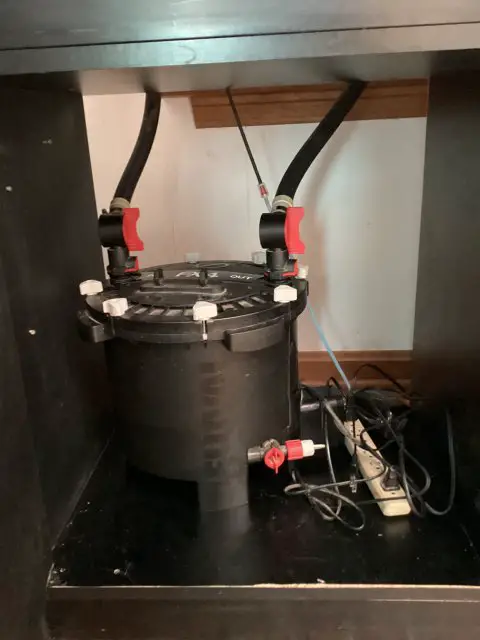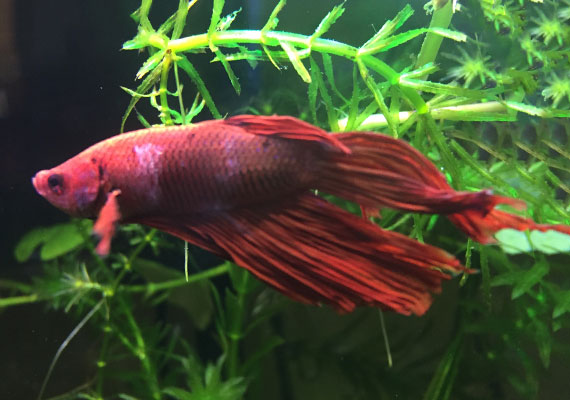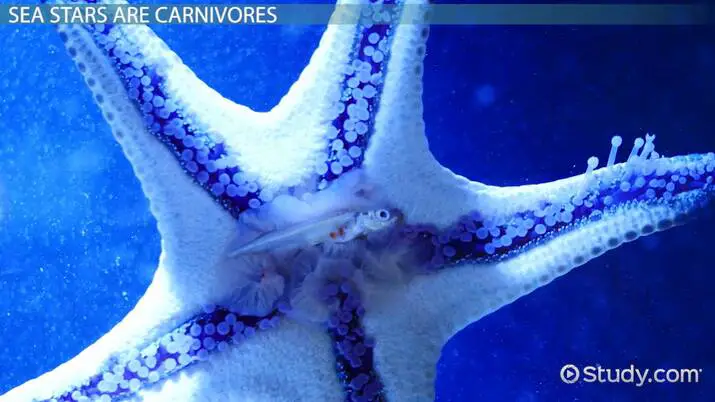What Do Nassarius Snails Eat? Discover Their Diet for a Healthy Aquarium
Nassarius snails are scavengers and feed on detritus, decaying organic matter, and small organisms such as bacteria, algae, and leftover food in the aquarium.
They are particularly known for their ability to burrow into the sand substrate and consume any hidden food particles.

Credit: aquariumbreeder.com
What is the Lifespan of Nassarius Snails?
Nassarius snails are a group of marine gastropods in the family Nassariidae. They have a worldwide distribution and various feeding habits, from herbivory to carnivory and scavenging.
Nassarius snails have a long siphon that they use for breathing, smelling and feeding. They often hide in the sand or mud and wait for food to come by.
Some Nassarius snails have been used for making jewelry and beads since ancient times, such as Nassarius gibbosulus, which dates back to 100,000 years ago.
Other Nassarius snails are popular in the saltwater aquarium hobby, such as Nassarius vibex and Nassarius distortus, because they help to clean the substrate and eat organic waste.
Nassarius snails can grow up to 2 cm (0.8 inches) and can live up to 3 years.
Do Nassarius Snails Eat Copepods?
Nassarius snails are small marine snails that are often kept in aquariums as part of the cleanup crew.
They are scavengers that feed on decaying organic matter and detritus, such as leftover food, fish waste, and dead organisms.
They do not eat algae or live plants, but they may consume dead or dying snails or pods.
They have a keen sense of smell that helps them locate food quickly.
They also stir up the sand bed, which helps prevent diatoms and other algae from growing on the substrate.
Nassarius snails need a balanced diet that includes meaty and protein-rich foods, such as mysis shrimp, brine shrimp, or sinking pellets.
They may also benefit from nutritional supplements that enhance their health and shell development.
Nassarius snails should be fed once or twice a week, depending on the size and population of the snails and the tank conditions.
They can survive for a long time without food, but they may become stressed or unhealthy if starved for too long.
Do Nassarius Snails Eat Algae?
Nassarius snails are a type of saltwater snails that are popular in aquariums. They are not algae eaters, but rather scavengers that feed on dead organic matter and detritus.
They help to keep the sand bed clean and aerated by burrowing and sifting through it. They have a strong sense of smell and can quickly locate food sources in the tank.
They are easy to care for and can adapt to various water parameters. Nassarius snails are also peaceful and do not harm other tank inhabitants.
How do I care for Nassarius Snails?
To care for Nassarius snails, you need to provide them with a saltwater aquarium that has clean and stable water parameters, such as salinity, temperature, pH, calcium, and magnesium.
You also need to have a sandy substrate that is deep enough for them to burrow and hide during the day.
Nassarius snails do not need supplemental feeding, as they will scavenge on any dead organic matter and detritus in the tank.
However, you can occasionally offer them some meaty foods, such as shrimp or fish.
Nassarius snails are reef-safe and peaceful, but they may be eaten by some predatory fish or crabs.
Therefore, you should choose their tank mates carefully and avoid aggressive or large species.
How do I choose Tank Mates for Nassarius Snails?
Choosing tank mates for Nassarius snails can be tricky, as they are vulnerable to predation and aggression from some fish and invertebrates.
You should avoid keeping them with large or aggressive fish, such as bettas, tiger barbs, pufferfish, or triggerfish.
You should also avoid large crabs that can crush their shells or pull them out.
On the other hand, Nassarius snails can coexist peacefully with most reef-safe fish, invertebrates, and corals.
Some good examples are rasboras, neon tetras, honey gourami, corydoras, red cherry shrimp, ghost shrimp, blue velvet shrimp, and starfish.
Nassarius snails will not harm or compete with these tank mates, and they will help to keep the tank clean and healthy.
How do I introduce Nassarius Snails to my tank?
Introducing Nassarius snails to your tank requires some careful acclimation, as they are sensitive to sudden changes in water parameters.
You should follow these steps to ensure a smooth transition:
- Bring the snails home in a plastic bag that contains some water from the store or seller.
- Float the plastic bag in your tank for about 15 minutes to equalize the temperature.
- Remove half of the water from the plastic bag and discard it.
- Fill the plastic bag with some water from your tank, using a drip line or a small cup. Do this slowly over another 15 minutes to adjust the salinity and pH.
- Remove half of the water from the plastic bag again and discard it.
- Transfer the snails to your tank, using a net or your hand. Do not pour the water from the bag into your tank, as it may contain contaminants or pathogens.
- Check on your snails and make sure they are active and healthy. If they are not moving or burrowing, they may be stressed or dead.
Nassarius Snail Diet
Nassarius snails are small saltwater snails that belong to the family Nassariidae, which contains over 35 species of snails.
They are popular in the aquarium hobby because they are efficient scavengers and sand sifters.
They help to keep the tank clean and healthy by eating dead organic matter, detritus, fish waste, and leftover food that would otherwise pollute the water and cause algae blooms.
Nassarius snails do not eat algae, plants, or live animals, so they will not harm the other inhabitants of the tank.
They have a strong sense of smell and can detect food from a distance using their siphon, which is a long tube-like organ that they use for breathing and feeding.
They usually bury themselves in the sand and emerge when they smell something edible, often creating a spectacle as they swarm towards the food source.
Nassarius snails are easy to care for and can tolerate a wide range of water parameters, such as temperature, salinity, pH, and hardness.
They are peaceful and can coexist with most tank mates, except predatory fish or crabs that may eat them.
They can also breed in captivity, producing tiny snails that may add to the cleanup crew.
Nassarius Snail Habitat
Nassarius snails are marine gastropods that belong to the family Nassariidae. They are widely distributed in the oceans and have various feeding habits, ranging from herbivorous to carnivorous and scavenging.
Nassarius snails have a distinctive siphon that they use for breathing, smelling and feeding. They often bury themselves in the sand or mud and wait for food to come by.
Some species of Nassarius snails are popular in the saltwater aquarium hobby, such as Nassarius vibex and Nassarius distortus, because they help to clean the substrate and eat organic waste.
Other species of Nassarius snails have been used for making jewelry and beads since ancient times, such as Nassarius gibbosulus.
Nassarius Snail Behavior
Nassarius snails are small saltwater snails that have a unique behavior of burrowing in the sand and emerging when they smell food.
They have a long siphon that they use to breathe, smell and eat. They are scavengers and carnivores that feed on dead or dying organic matter, such as fish, mollusks and crustaceans.
They are beneficial for the aquarium as they help to clean the sand and prevent anaerobic pockets from forming.
They are also easy to care for and can adapt to different water parameters. Nassarius snails are often used as part of the cleanup crew in marine tanks.
Do Nassarius Snails need sand?
Nassarius snails are a type of saltwater snails that belong to the family Nassariidae. They are widely distributed in the oceans and have different species with different shell shapes and colors.
They are popular among saltwater aquarium hobbyists because they are excellent scavengers and sand sifters.
They feed on dead organic matter, such as fish waste, uneaten food, and decaying plants and animals.
They help to keep the tank clean and prevent the buildup of harmful ammonia and nitrites.
They also help to aerate the sandy substrate in the tank by burrowing and moving through it.
This prevents the formation of anaerobic zones that can harbor toxic bacteria and sulfides.
Nassarius snails need sand to survive and thrive in the aquarium. They use their long siphon, which looks like an elephant’s trunk, to sense and smell food in the water.
They also use it to breathe and to extend above the sand when they are buried. They bury themselves in the sand when they are not active or when they feel threatened.
They can quickly emerge from the sand when they detect food or when they need to move to another spot.
Without sand, they may starve or become stressed because they cannot perform their natural behavior and needs.
Therefore, if you want to keep Nassarius snails in your aquarium, you should have a deep sand bed that is suitable for their natural behavior and needs.
The sand bed should be at least 2 inches deep and should be soft and fine-grained.
The sand bed should also be free of sharp objects or predators that can harm or eat the snails.
How many Nassarius Snails per gallon?
Nassarius snails are a type of saltwater snails that belong to the family Nassariidae. They are scavengers and sand sifters that can help keep the substrate clean and aerated in a marine aquarium.
They are also easy to care for and can tolerate a wide range of water parameters.
According to some sources, the recommended number of nassarius snails per gallon of water is one or two.
However, this may vary depending on the size of the snails, the amount of food available, and the bioload of the tank.
Some aquarists prefer to have more nassarius snails to ensure that the sand bed is well stirred and that no organic matter accumulates.
Nassarius snails are not poisonous and are generally peaceful with other tank inhabitants.
However, they may prey on other snails or worms if they are hungry or if they sense a dying or weak animal.
Therefore, it is important to feed them regularly and monitor their behavior. Nassarius snails can be a great addition to a saltwater tank as part of the cleanup crew.
They can help maintain a healthy and balanced environment by consuming detritus, algae, and leftover food.
They can also provide some entertainment by emerging from the sand when they smell food or by burying themselves when they feel threatened.
Nassarius Snail Anatomy
Nassarius snails are a group of marine gastropods that belong to the family Nassariidae.
They have rounded shells with a high spire, an oval aperture, and a siphonal notch.

The shells are often sculpted with longitudinal folds or ridges. Nassarius snails are active scavengers that feed on carrion and organic matter.
They burrow in the sand or mud, leaving only their siphons exposed to detect food.
Some species of Nassarius snails have been used as personal adornment or jewelry by humans since prehistoric times.
What is the difference between Nassarius Vibex and Nassarius Distortus?
Nassarius snails are a group of marine gastropods in the family Nassariidae. They have a worldwide distribution and various feeding habits, from herbivory to carnivory and scavenging.
Nassarius snails have a long siphon that they use for breathing, smelling and feeding. They often hide in the sand or mud and wait for food to come by.
Some Nassarius snails have been used for making jewelry and beads since ancient times, such as Nassarius gibbosulus, which dates back to 100,000 years ago.
Other Nassarius snails are popular in the saltwater aquarium hobby, such as Nassarius vibex and Nassarius distortus.
The difference between these two species is that Nassarius vibex has a smooth shell with a flaring lip, while Nassarius distortus has a sculpted shell with a narrow lip.
Nassarius snails can grow up to 2 cm (0.8 inches) and can live up to 3 years.
Conclusion
Nassarius snails eat a mix of different things. Most of their food comes from stuff that’s breaking down or rotting, like plants or animals.
They also eat small creatures like dead fish and any food that’s left uneaten. In other words, they help clean up the environment they live in.
Their ability to scavenge for food helps keep the aquarium clean and balanced.
Nassarius snails need to eat different kinds of food to stay healthy.
This includes store-bought food that sinks to the bottom, like pellets and flakes.
They also need to eat meaty foods like shrimp and fish regularly. This mix of foods makes sure they get all the nutrients they need.
It is important to monitor their feeding habits and adjust the amounts and types of food accordingly.
Maintaining a well-maintained tank with proper filtration and regular water changes also helps in providing a healthy environment for nassarius snails to thrive.
If people who keep aquariums learn what Nassarius snails like to eat and feed them properly.
They can have these useful snails in their tanks. These snails can make the aquarium a better place.
